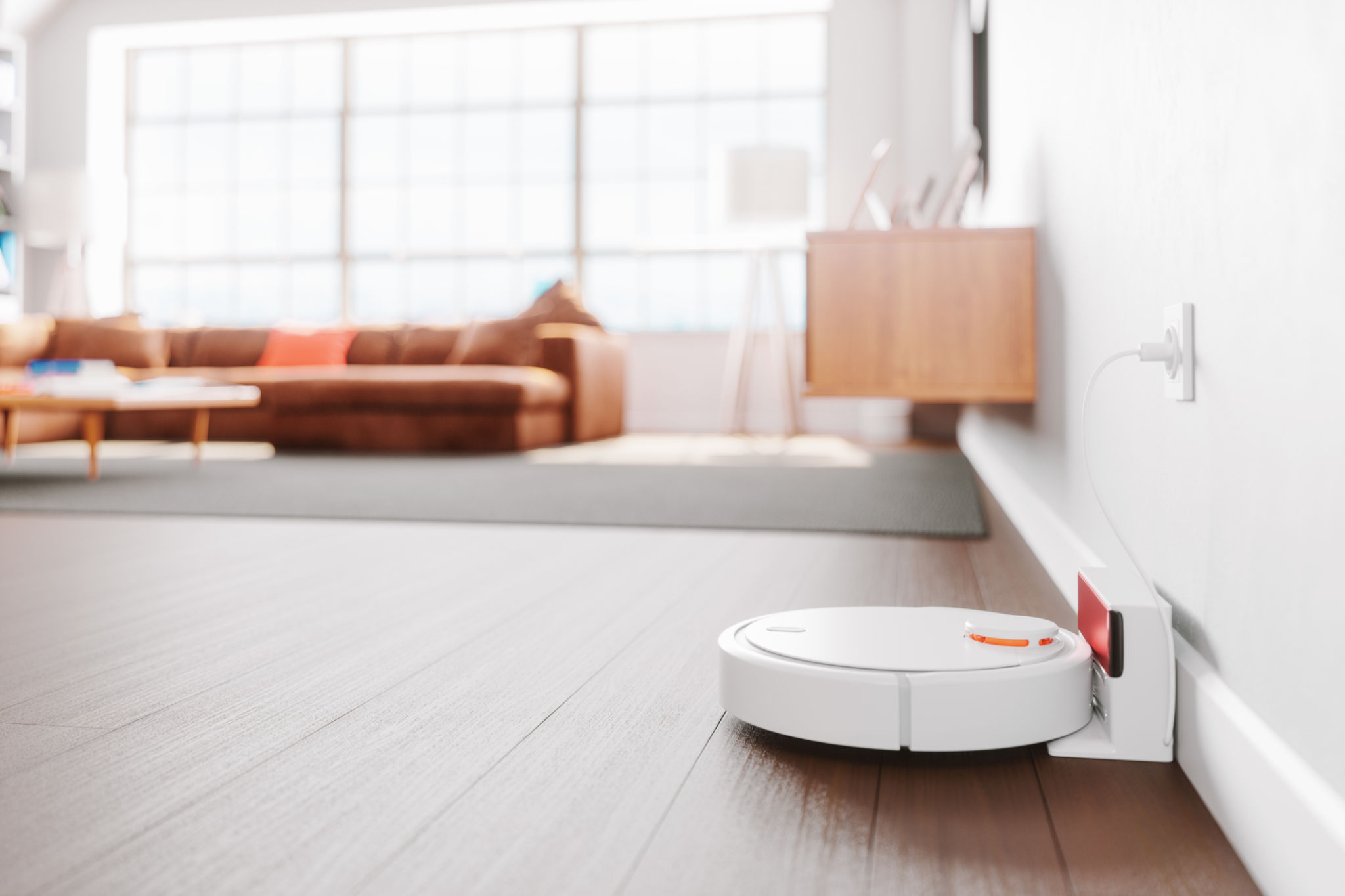Innovative Trends in Commercial Office Floors: What You Need to Know
JL
Introduction to Innovative Flooring Trends
Commercial office spaces are undergoing a transformation, with innovative flooring trends leading the way. As businesses aim to create more inviting and efficient environments, flooring plays a pivotal role in setting the tone and functionality of a space. From sustainable materials to smart technology integration, modern office floors are more than just surfaces to walk on—they are integral to the workplace experience.
Sustainable Materials for a Greener Future
One of the most prominent trends in commercial office flooring is the shift towards sustainable materials. Businesses are increasingly opting for eco-friendly options that not only reduce their carbon footprint but also promote a healthier indoor environment. Flooring options such as bamboo, reclaimed wood, and recycled carpets are gaining popularity due to their renewable nature and aesthetic appeal.

Bamboo Flooring
Bamboo is celebrated for its rapid growth and renewability. It provides a durable and stylish alternative to traditional hardwood floors, making it an ideal choice for eco-conscious companies.
Technology Integration in Flooring
The integration of technology into flooring solutions is another trend reshaping commercial spaces. Smart floors equipped with sensors can track foot traffic, monitor space utilization, and even adjust lighting and temperature based on occupancy. This not only enhances energy efficiency but also provides valuable data for optimizing office layouts.
Interactive Flooring
Interactive flooring systems offer unique opportunities for engagement and creativity. These floors can display digital content, respond to touch, and even interact with mobile devices, creating immersive experiences for employees and visitors alike.

Acoustic Solutions for Noise Reduction
In open-plan offices, managing noise levels is crucial for maintaining productivity. Acoustic flooring solutions are becoming essential in reducing sound transmission between floors and rooms. Materials like cork, carpet tiles, and acoustic underlays are specifically designed to absorb sound, making them ideal choices for busy office environments.
Cork Flooring
Cork is not only a sustainable option but also excellent for sound absorption. Its unique cellular structure reduces noise transmission, providing a quieter and more comfortable workspace.

Design and Aesthetic Innovations
Beyond functionality, aesthetics play a significant role in flooring trends. Modern offices are moving away from plain designs to embrace bold patterns, vibrant colors, and mixed material compositions. These design innovations help in creating dynamic and inspiring work environments that reflect a company’s brand identity.
Mixed Materials
Combining different materials such as wood, stone, and carpet allows for creative floor designs that can define different areas within an office. This approach not only adds visual interest but also delineates functional spaces without the need for physical barriers.
Conclusion: The Future of Office Flooring
The future of commercial office flooring is undoubtedly exciting, with innovations that prioritize sustainability, technology integration, acoustic comfort, and aesthetic appeal. As businesses continue to adapt to changing work environments, investing in advanced flooring solutions will be pivotal in creating spaces that are not only functional but also inspiring and forward-thinking.
